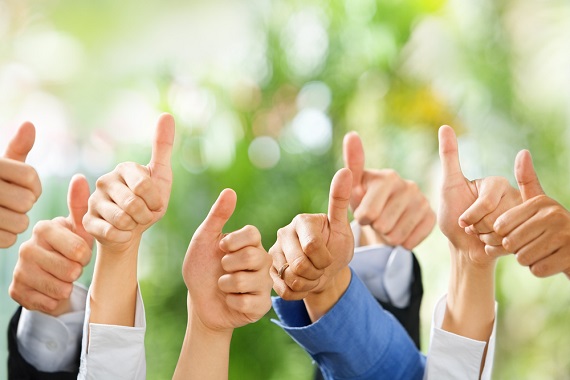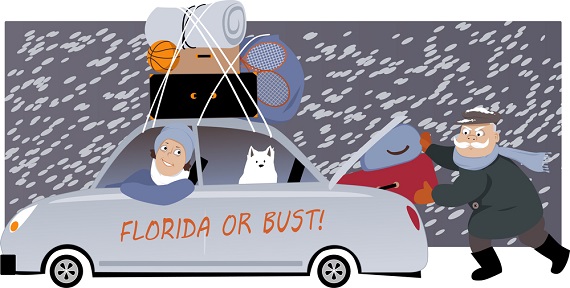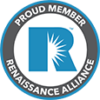From now through April 15, it’s the top tax scam season. Not that tax scams only happen in the first few months of the year, they can occur year-round. But criminals know that taxes are on your mind and they will try to take advantage of that.
Be alert for tax-related identity theft
With the frequency of large-scale data breaches, there’s a better than average chance that your personal information has been breached. Your data may even be in the hands of criminals, making you susceptible to identity theft. You may not be aware of this at all until you get a notice from the IRS about a tax filing that you never made. When you look into it, your realize that it is not just a mistake – you are the victim of a crime.
The IRS says that it’s not uncommon for identity theft victims to be unaware that they are compromised until they run into some type of tax problem or tax alert.
Here are warning signs that that the IRS says may indicate that you are a victim of tax-related identity theft:
- You get a letter from the IRS inquiring about a suspicious tax return that you did not file.
- You can’t e-file your tax return because of a duplicate Social Security number.
- You get a tax transcript in the mail that you did not request.
- You get an IRS notice that an online account has been created in your name.
- You get an IRS notice that your existing online account has been accessed or disabled when you took no action.
- You get an IRS notice that you owe additional tax or refund offset, or that you have had collection actions taken against you for a year you did not file a tax return.
- IRS records indicate you received wages or other income from an employer you didn’t work for.
The IRS offers steps to take if you are a victim of tax-related identity theft, a data breach or employment related identity theft in their Taxpayer Guide to Identity Theft.
Phone impersonation and other common tax scams
Tax-related identity theft is only one type of season tax crime – be alert for these “usual suspects” that the IRS has identified as some of the most common scams:
Impersonation Telephone Scams – The IRS won’t call you to demand immediate payment via a debit card or gift card. They won’t send the police to your house to collect a debt or arrest you. See: How to know it’s really the IRS calling or knocking on your door
Impersonation email scams – the IRS does not send unsolicited emails.
Fake calls from Taxpayer Advocate Service numbers – spoofed calls from criminals posing as IRS assistance services trying to extract personal information.
‘Ghost’ tax return preparer “Tax Transcript” email scam – Don’t get caught by a phony tax prep scammer or promises to get your you refunds sooner.
A new version of a Social Security scam – A criminal poses as the IRS and threatens to cancel your SS number.
Check out our other fraud posts for more alerts on scams and tips to stay safe.. And here are more tax season tips from prior years:
Reprinted from Renaissance Alliance – no usage without permission.


















